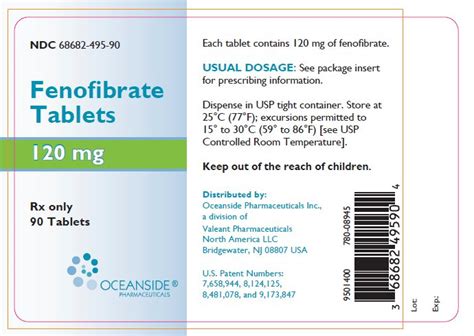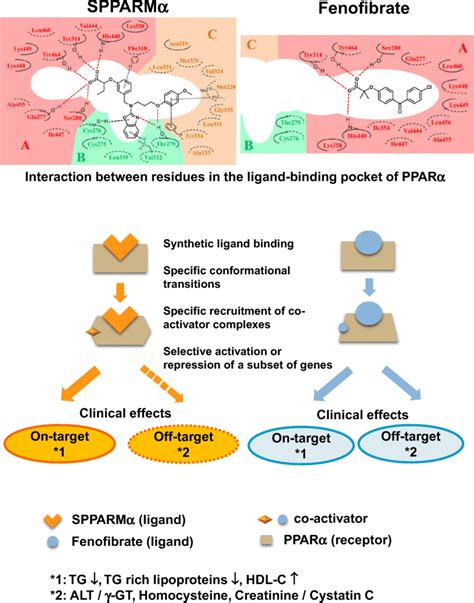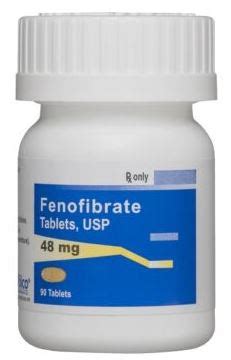Intro
Discover key facts about Fenofibrate, a cholesterol-lowering medication, including its benefits, side effects, and interactions, to manage high triglycerides and fatty acid metabolism effectively.
Fenofibrate is a medication that has been widely used to manage high cholesterol and triglyceride levels in the blood. It belongs to a class of drugs known as fibric acid derivatives or fibrates, which work by reducing the production of triglycerides in the liver and increasing the removal of triglycerides from the bloodstream. With its effectiveness in improving lipid profiles, fenofibrate has become a staple in the treatment of dyslipidemia. However, like all medications, it's crucial to understand its benefits, side effects, and how it works to ensure safe and effective use.
The importance of managing cholesterol and triglyceride levels cannot be overstated. High levels of these lipids in the blood can lead to the development of atherosclerosis, a condition characterized by the buildup of plaques in the arteries, which can increase the risk of heart attacks, strokes, and other cardiovascular diseases. Fenofibrate, by helping to lower these levels, plays a significant role in reducing this risk. Moreover, its impact on lipid metabolism makes it an interesting subject for study, especially for those looking to understand how medications can influence metabolic pathways.
Understanding how fenofibrate works and its effects on the body is essential for both healthcare providers and patients. The medication functions by activating a protein called peroxisome proliferator-activated receptor alpha (PPAR-alpha), which regulates the expression of genes involved in lipid metabolism. This activation leads to increased lipolysis (the breakdown of fats) and clearance of triglyceride-rich particles from the plasma, thus lowering triglyceride levels and, to a lesser extent, raising high-density lipoprotein (HDL) cholesterol, the "good" cholesterol. This dual effect makes fenofibrate particularly useful in treating mixed dyslipidemia, where both triglycerides and LDL (low-density lipoprotein) cholesterol are elevated.
Benefits of Fenofibrate

Key Mechanisms
The key mechanisms through which fenofibrate exerts its effects involve the activation of PPAR-alpha and the subsequent modulation of gene expression. This leads to: - Increased lipoprotein lipase activity, which enhances the breakdown of triglycerides. - Increased expression of apolipoprotein A-I and A-II, which are components of HDL cholesterol. - Reduced expression of apolipoprotein C-III, which is an inhibitor of lipoprotein lipase, thus further facilitating triglyceride breakdown. These actions combined result in the lowering of triglyceride levels and an increase in HDL cholesterol, both of which are beneficial for reducing cardiovascular risk.Side Effects and Precautions

Contraindications and Warnings
Fenofibrate is contraindicated in patients with severe liver or kidney disease, as it can exacerbate these conditions. It should also be used with caution in patients with gallbladder disease, and monitoring of liver function tests is recommended during treatment. Pregnant or breastfeeding women should only use fenofibrate under the guidance of a healthcare provider, as its safety in these populations has not been well established.Dosing and Administration

Combination Therapy
Fenofibrate is often used in combination with other lipid-lowering agents, such as statins, to achieve optimal lipid profiles. However, this combination requires careful monitoring due to the increased risk of side effects, particularly muscle toxicity. The benefits of combination therapy must be weighed against the potential risks, and patients should be closely monitored for signs of adverse effects.Interactions and Contraindications

Clinical Considerations
In clinical practice, the decision to prescribe fenofibrate should be based on a thorough assessment of the patient's lipid profile, cardiovascular risk factors, and potential for drug interactions. Regular monitoring of lipid levels, liver function, and kidney function is essential to ensure the safe and effective use of fenofibrate.Future Directions and Research

Emerging Trends
Emerging trends in the management of dyslipidemia include personalized medicine approaches, where treatment is tailored to the individual's genetic profile and risk factors. Fenofibrate, with its mechanism of action involving the modulation of gene expression, may play a role in such approaches, offering a targeted therapy for specific patient populations.Conclusion and Recommendations

We invite readers to share their thoughts and experiences with fenofibrate in the comments below. If you found this article informative, please consider sharing it with others who may benefit from this information. For those looking for more detailed information or specific guidance on the use of fenofibrate, we recommend consulting with a healthcare professional.
What is fenofibrate used for?
+Fenofibrate is used to manage high cholesterol and triglyceride levels in the blood, reducing the risk of cardiovascular diseases.
How does fenofibrate work?
+Fenofibrate works by activating PPAR-alpha, leading to increased breakdown of triglycerides and increased levels of HDL cholesterol.
What are the common side effects of fenofibrate?
+Common side effects include gastrointestinal upset, muscle pain, and increased risk of gallstones and liver damage.
